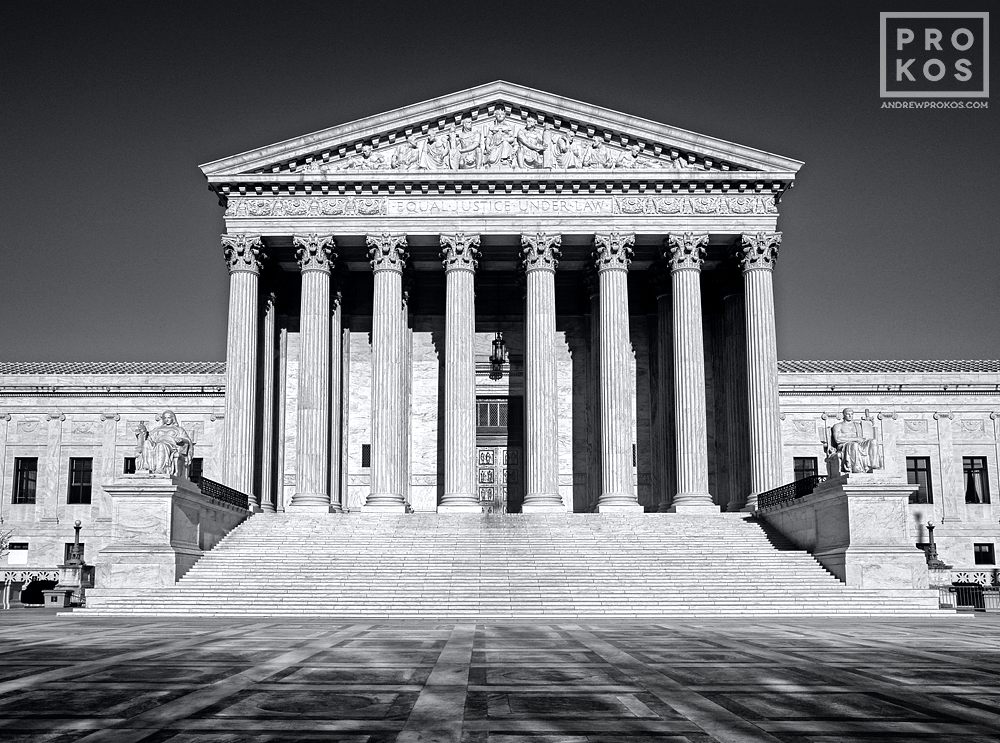
Canada Grants More Time for Immigration Judicial Review Applications
Canada has introduced a significant change to its immigration judicial review process, offering applicants more time to contest decisions they believe were made in error.
Effective May 14, 2025, the Federal Court of Canada has implemented temporary measures extending the timeline for individuals to complete the initial stages of judicial review. These changes come in response to the rising volume of immigration cases and the resulting backlog that has built up over 2024 and 2025.
Key Change: Additional Time for Judicial Review Applications
Previously, immigration applicants had only 30 days to perfect an application for judicial review after initiating their request. Under the new provisions, they now have 75 days to submit their complete applicant record.
This 75-day period begins either:
- From the date the initial application for leave is filed, or
- From the day the applicant receives written reasons for the immigration refusal (if they weren’t initially provided), or
- From the date the applicant is officially notified that no reasons will be provided.
These adjustments aim to provide more flexibility for applicants dealing with complex cases or delays in receiving complete documentation from immigration authorities.
Understanding the Judicial Review Process
A judicial review is a two-stage legal process in which the Federal Court examines whether an immigration decision was lawful and fair. It does not re-evaluate the facts of the application but focuses on whether a legal or procedural error occurred.
Here is a step-by-step overview of how the process works:
- File an Application for Judicial Review
- Applicants must submit this request to the Federal Court within:
- 15 days of receiving the decision if they are in Canada, or
- 60 days if they are outside Canada.
- Applicants must submit this request to the Federal Court within:
- Serve the Respondent and File Proof of Service
- The applicant must serve a copy to the respondent (usually the immigration department) and file proof within 10 days.
- Notice of Appearance
- The respondent files this document within 10 days of being served, indicating their participation in the proceedings.
- Request for Written Reasons (if not provided)
- If the immigration decision lacks written reasoning, the court will request it from the relevant decision-making body, known as the tribunal.
- Tribunal’s Response
- The tribunal must supply either the written reasons or a notice confirming that none exist.
- Submit Applicant Record
- Applicants must compile and submit a detailed record, including supporting documents and legal arguments.
- This must now be done within 75 days, thanks to the new rules.
- Respondent’s Submissions
- The respondent has 30 days to reply after receiving the applicant’s record.
- Optional Reply by Applicant
- The applicant may submit a final reply within 10 days after receiving the respondent’s materials.
- Court Decision on Leave
- The Court determines whether to grant leave (permission) for a full judicial review.
- If leave is denied, the case ends.
- If granted, a hearing is scheduled and further procedural steps are outlined.
What Happens Next?
If the Court upholds the original immigration decision, the matter concludes. However, if the Court finds a legal or procedural error, it may return the case to the immigration body for reconsideration. While this offers a second chance, it doesn’t guarantee a different outcome.
This policy adjustment reflects the growing strain on Canada’s immigration review system and is expected to provide fairer opportunities for applicants to have their cases properly examined.
For a consultation about Immigration options, reach out to the CAD IMMIGRATION today!





